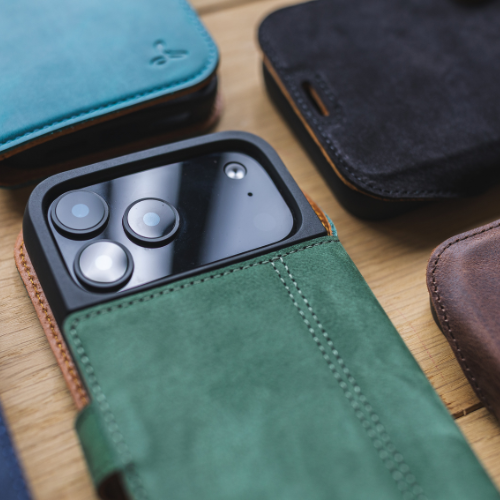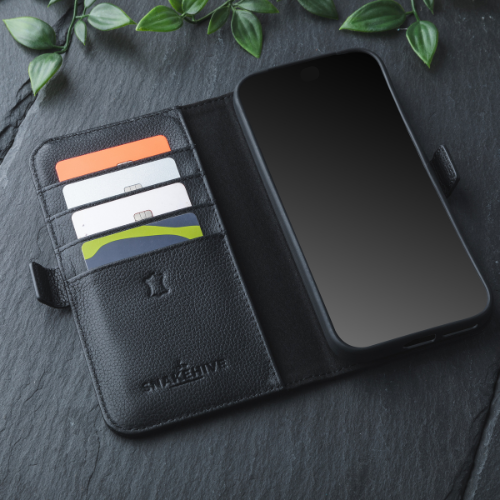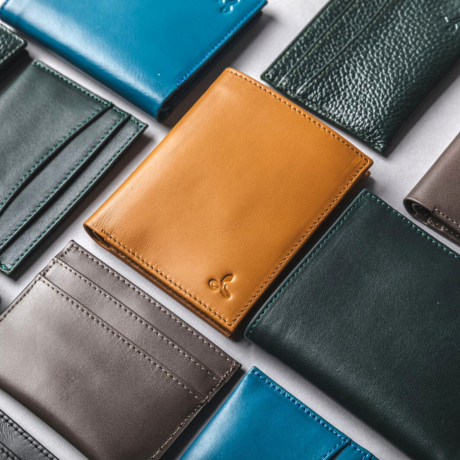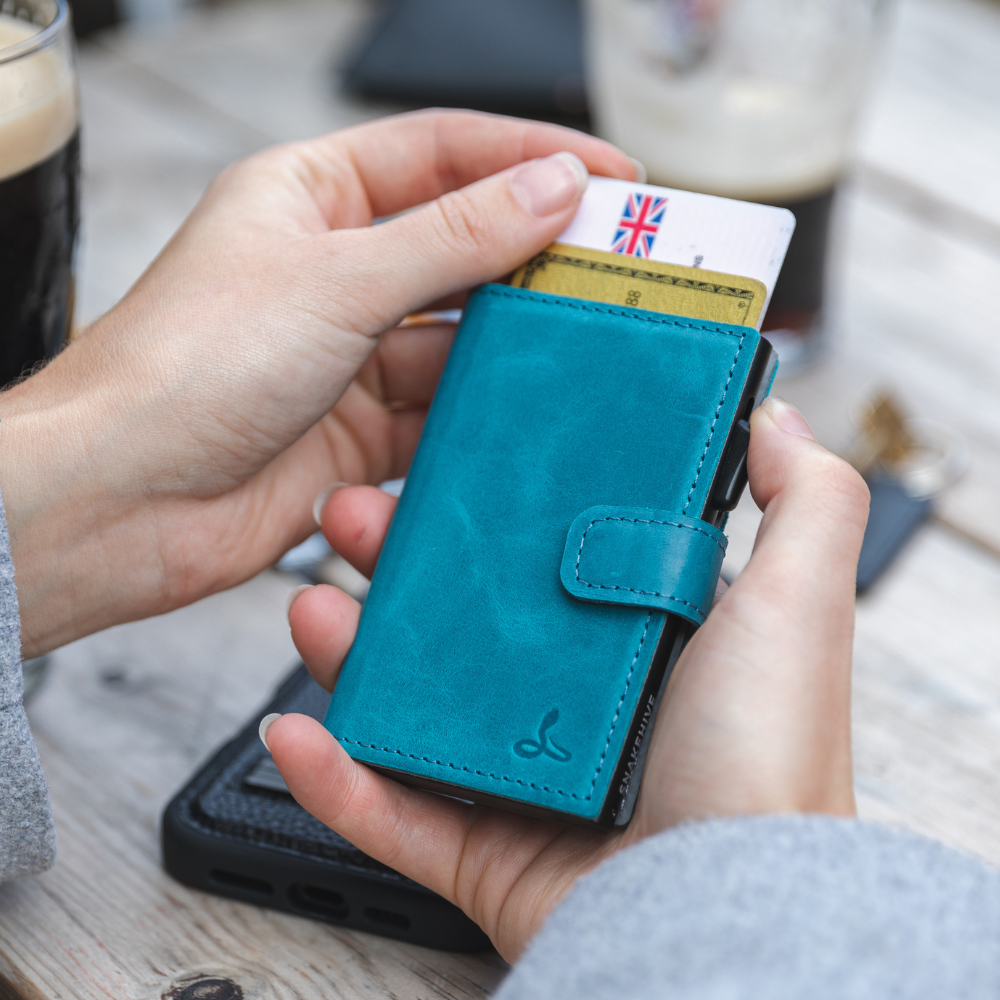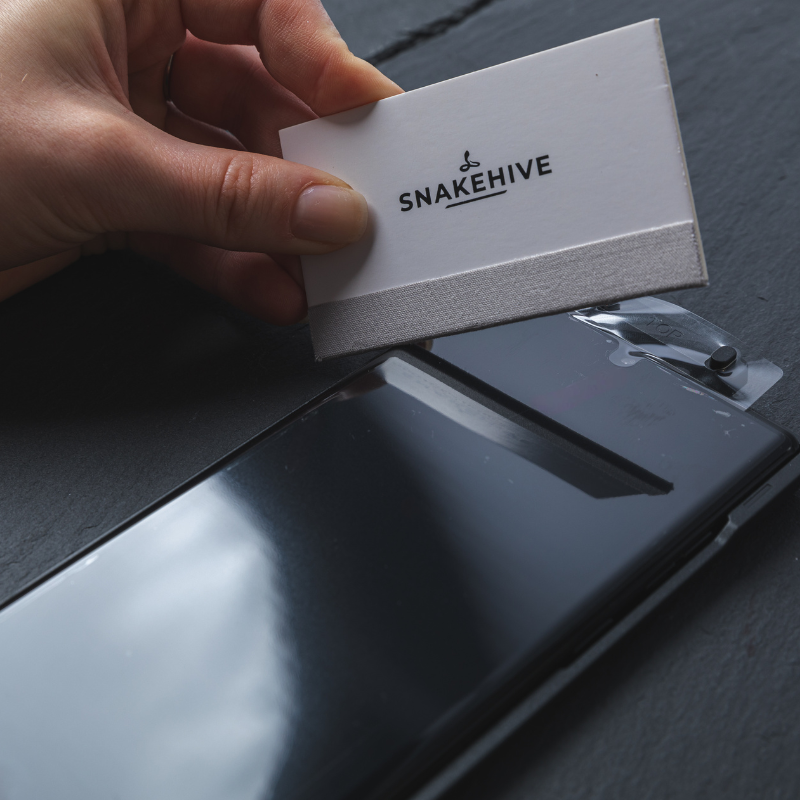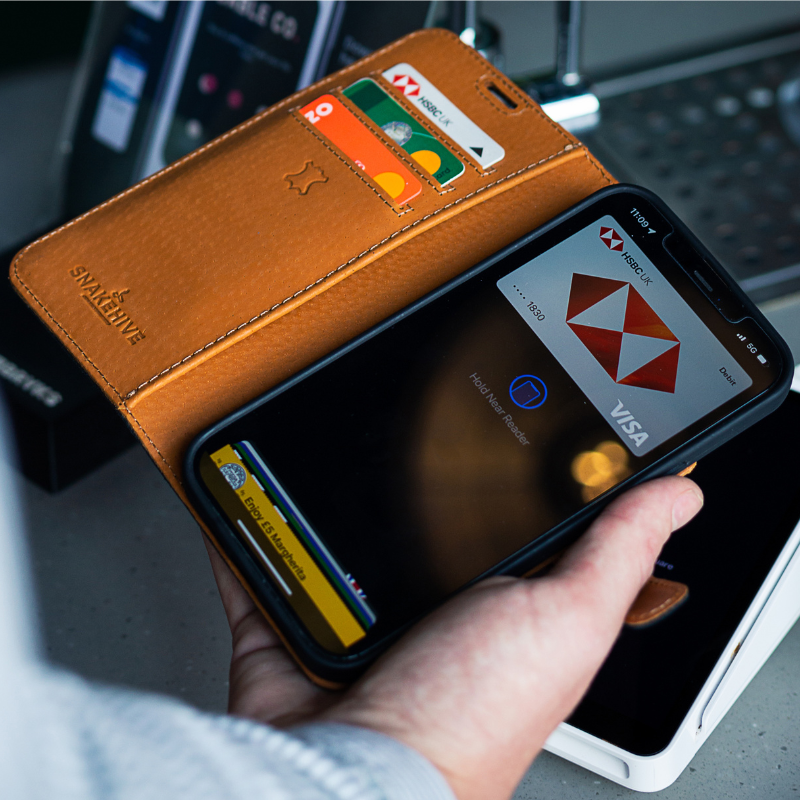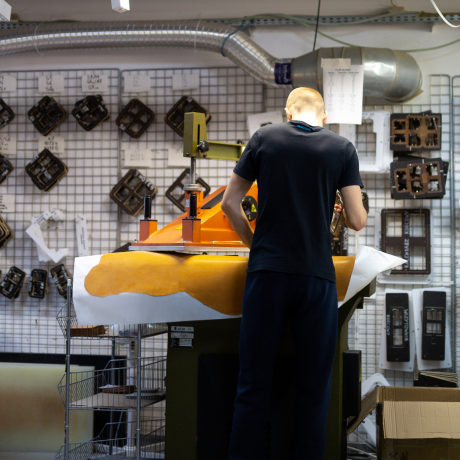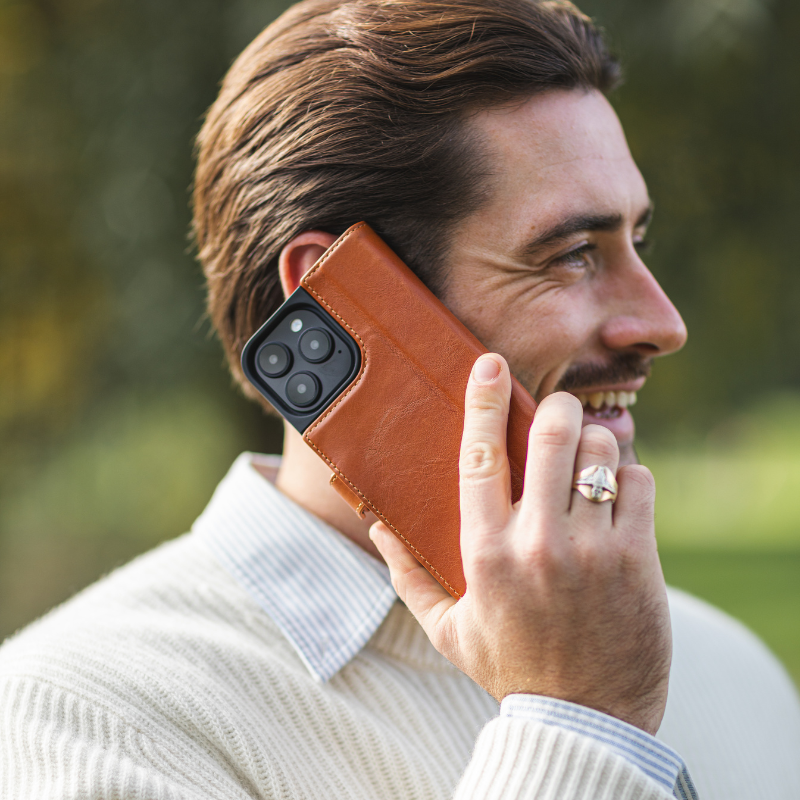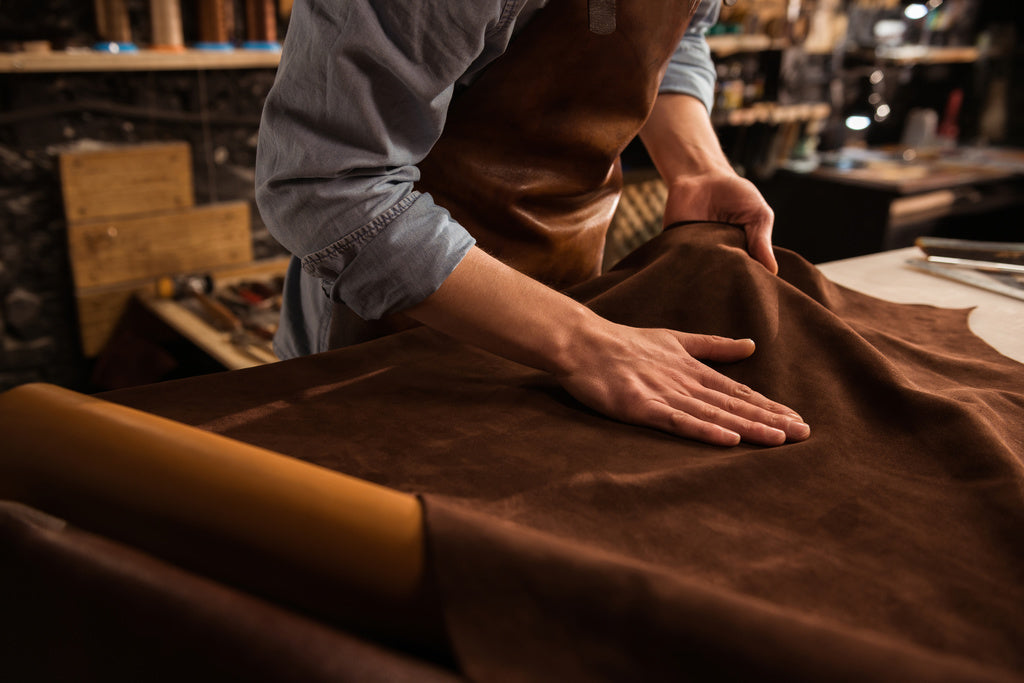
The life story of leather
Leather has a long and well-loved life story. From hides to protect from the cold to leather cases to protect mobile phones, it has been lauded over time for its durability and style. Throughout history, every culture across the planet has discovered valuable ways to use leather. It has been used to create everything from tools to shoes, and leather mobile phone cases, wallets, and cardholders of course!
Leather's popularity has endured due to its versatility. It looks beautiful and lasts for ages. Its life story began around 1300 BC with Stone Age man, who began to appreciate animal skins as more than a by-product of meat. They used leather for clothing and home protection in the winter. Using as much of the animal as they could, they later created hard-wearing tools using leather.

Making leather last longer
Early civilisations began to develop ways of preserving and softening tough hides and these techniques were passed down over generations. If leather isn’t treated it putrefies pretty quickly and nobody wanted to smell that bad. It became necessary to find ways to preserve hides to last longer. Tanning is the process used to turn hide into leather, making it supple, yet highly durable. It's been around for aeons, with reports of tanning techniques using the fatty acids in oil during the Neolithic period. Tanned leather items were discovered inside the ancient tomb of Rekhmire, and the books of the Hittites (2200 BC) recorded that a Sinai shepherd slaughtered a goat, skinned it and preserved it with salt and clay. It was around this time that a smoking process began to be used, then rubbing hides with birch bark and finishing preservation with birch oil.

The Greeks and Romans loved leather
Fast forward to the Greeks and Romans and the leather making process was becoming industrialized. The Ancient Greeks crafted stylish leather sandals and garments and these trends then spread to Egypt, where Queens and Pharaohs revered precious hides. The Romans then popularized leather for footwear and fancy clothing. They also made shields and protective gear for thousands of soldiers across Europe. Tanneries soaked hides in large vats and in Rome, these were known to contain urine amongst other solutions. It was actually collected from public toilets for local artisan tanners!
Fortunately, as time went on, new tanning methods emerged. Natural, vegetable tanning was first documented in 400 BCE, used by Egyptians and Hebrews. This is a process whereby hides were treated with vegetable tannins that were taken from the bark and wood of trees. However, by the end of the 19th century, chemical tanning became popular. This process preserved hides using chromium salts, sumac, oak and hemlock tanback. Not environmentally friendly at all but swifter and easier than vegetable tanning.
Leather love today
Today, approximately 50% of leather produced is used to make shoes, 25% for clothing, and the remainder for furniture and leather accessories. Luckily, ancient craftsmanship and tradition have continued to be an inspiration to leather artisans worldwide. At Snakehive, we use premium-quality leather to create our accessories and the more natural, vegetable tanning process appealed to our fast-fashion-phobic philosophy. As earth lovers, we wanted to use a more sustainable way to preserve our beautiful hides. Although the process takes longer, we believe that great things take time.
From its earliest discovery to myriad of uses today, leather has influenced life along the way. Bringing this leather love story right up to date, it allows us creative folk at Snakehive to design and produce unique accessories, so long may leather last!



